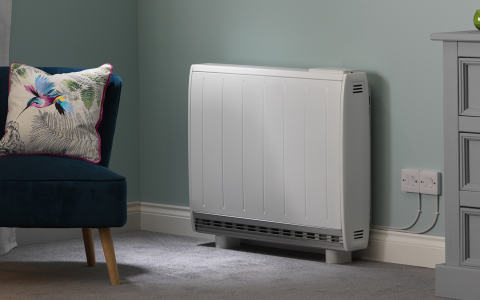
What are the changes to Part L implemented in June 2022?

What are the changes to Part L implemented in June 2022?
Changes to Approved Document L (ADL), often referred to as Part L, in June 2022, will deal with new standards and requirements for energy performance within our buildings. This Part L interim update will take effect from the 15th of June 2022, subject to transitional agreements. The current guidance is offered in four volumes covering new and existing dwellings (L1A and L1B) and new and existing buildings other than dwellings (L2A and L2B). Only two approved documents will be in force in the future:
- Approved Document L, Conservation of fuel and power, Volume 1: Dwellings
- Approved Document L, Conservation of fuel and power, Volume 2: Buildings other than dwellings
How do the changes to Approved Document L impact new and existing dwellings?
Approved Document L introduces a mandatory cut of CO2 emissions in new homes. This is expected to be 31% less (on average) when compared to current standards. This metric is weighted average based on single dwelling, the reduction is likely to be less for an apartment.
Fabric energy efficiency targets (FEES) and primary energy targets (PET), along with minimum standards for fabric and fixed building services, will complete the main four compliance metrics. The documents will introduce safeguarding measures such as on-site photography and a new standardised compliance report, BREL (Building Regulations England Part L).
A maximum flow temperature of 55°C is introduced for wet radiator systems in both new and existing dwellings. If refurbishments use a replacement heat or hot water system using a different fuel, the newly installed system must not produce more CO2 emissions, or have a higher primary energy demand, than the previous system. Homes with higher fabric efficiency standards and heat loss limited to 25 kWh/m2 per year can deploy systems with higher primary energy demand. Our new blogs provide more information on the impact of the changing regulations on new and existing homes.
Do the changes to Part L affect non-domestic buildings?
Non-domestic buildings will need to achieve an average CO2 emissions reduction of 27% (on average) compared to the current standards that were introduced in 2013. Approved Document L compliance assessments will combine the CO2 emissions reduction requirements with primary energy targets. The new standards will mainly be achieved through improvements to building fabric and fixed building services, such as low carbon heating, ventilation, and air conditioning (HVAC) systems. All buildings with heating or air conditioning systems over 180kW will be required to have a building automation and control system (BACS).
The changes to Approved Document L are closely linked with the new standards set by Approved Document F (ADF) for ventilation in commercial buildings, also due to be implemented in June 2022. You can read more on how the changes to Approved Document L, F and the introduction of Approved Document O affect commercial buildings in our latest blog.
Speak with our HVAC experts to find out how the Approved Document L in England affects your development and find out how our innovative heating, hot water, cooling, and ventilation solutions can help simplify compliance.











